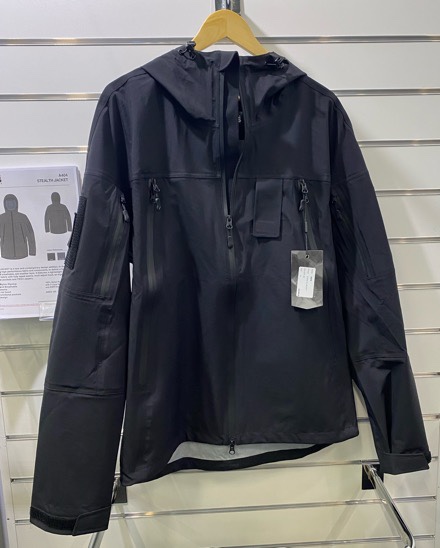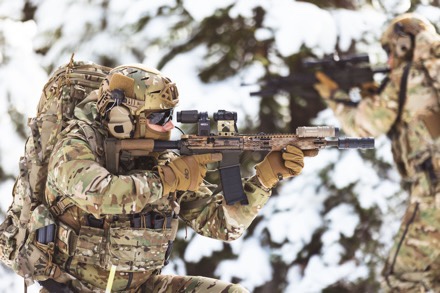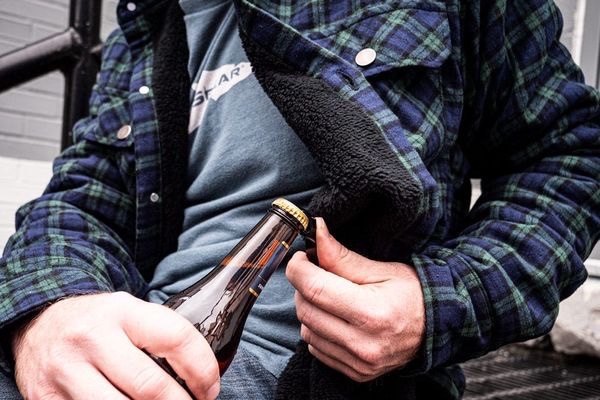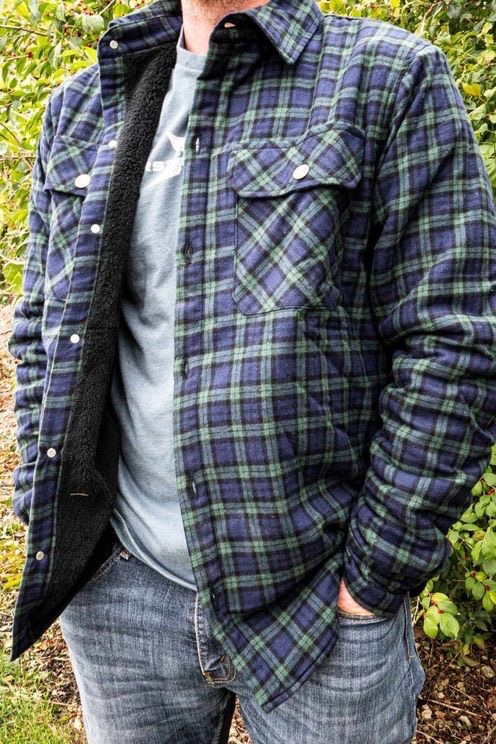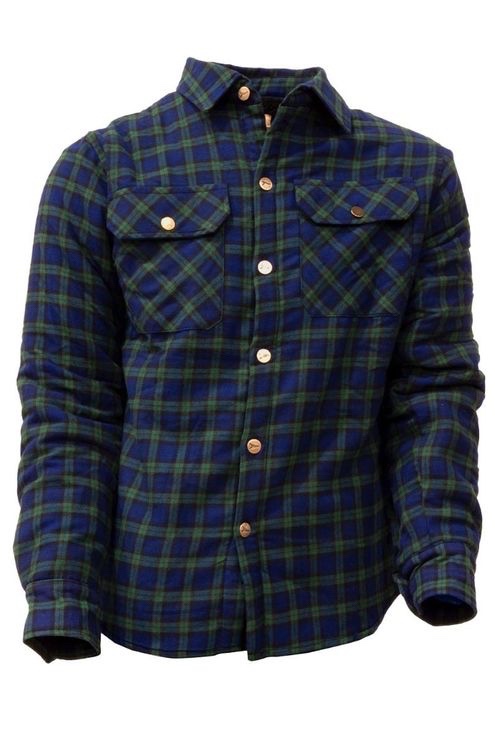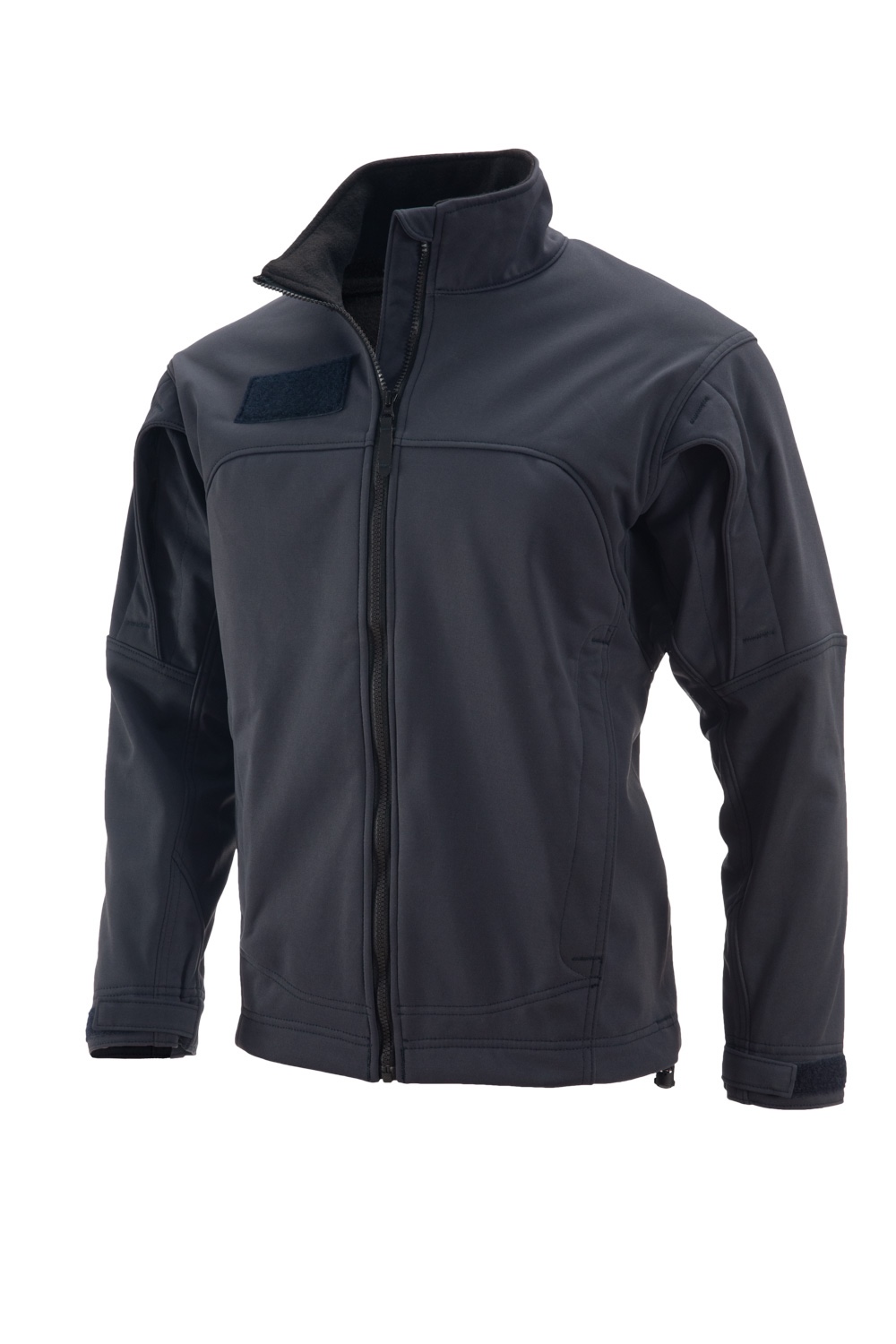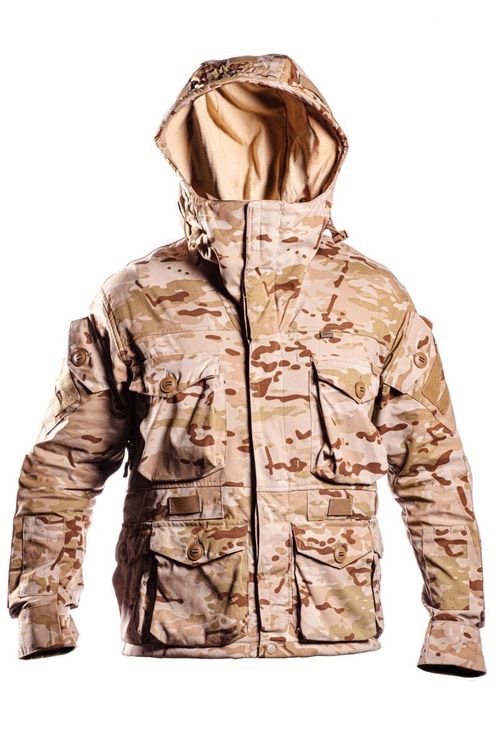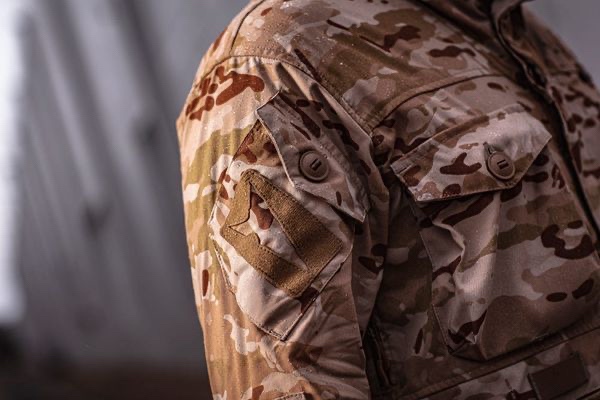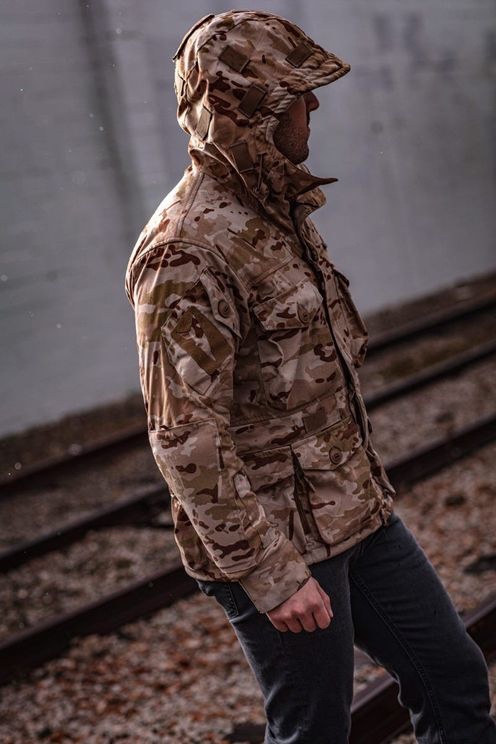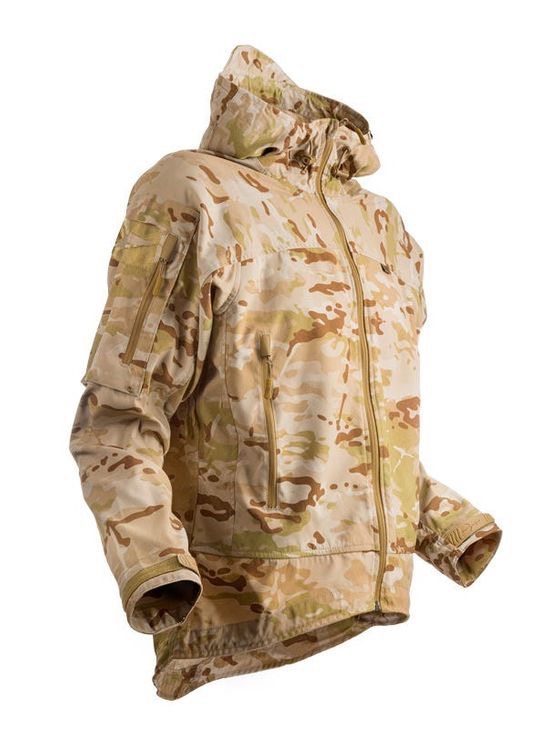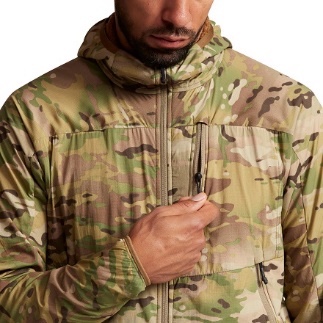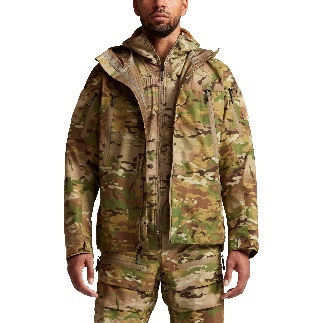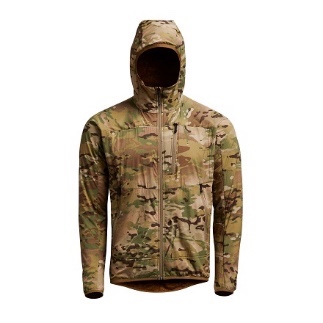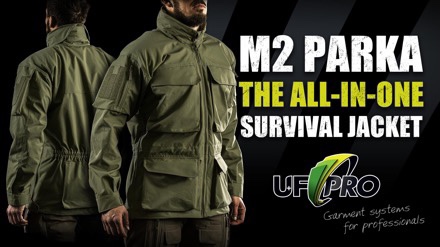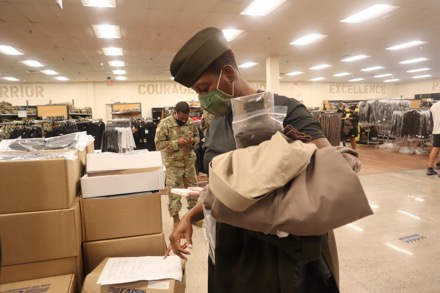
PHILADELPHIA –
After years of planning, the Defense Logistics Agency Troop Support is now providing Army green service uniform items to recruits, and soon soldiers shopping at Army & Air Force Exchange Service stores.
While the Army initially fielded the Army green service uniforms in 2020, the Troop Support Clothing and Textiles supply chain’s planning efforts with the Army dates to 2017, said Cheryl Reynolds, C&T chief of the Plans & Integrations’ Recruit Clothing Division.
“Planning, both materiel and demand, plays an integral part in each and every new item introduction,” Reynolds said. “For the AGSU program, our discussions with the Army started over four years ago and they have been conducted regularly ever since.”
Within the last two years, C&T has been working to transition AGSU support from Army contracts to DLA-provided contract support. This included converting existing DLA Army service uniform contracts or creating new acquisitions for fabrics and end-items, Reynolds said. The team then closely monitored vendor production, shipments, and stock levels ahead of customer roll-out timelines.
The AGSU ensemble is tailored by gender and includes 17 end-items, two fabrics and 270 insignia, Reynolds said. Uniform items include short- and long-sleeve shirts or blouses, trousers or slacks, coats, gloves, dress shoes, socks, belts, and neckties.
Troop Support provided nearly 8,000 AGSU sets in total to recruit training centers at Forts Benning, Leonard Wood, Sill and Jackson this month. In April, Troop Support will begin fielding to AAFES stores worldwide.
C&T collaborated with internal finance, contracting, planning, technical and customer support teams, and personnel from the Army Program Executive Office Soldier and Tank-automotive and Armaments Command to successfully field the uniforms.
“Our team’s successful roll-out of the AGSU at the four Army RTCs reflects a significant achievement between multiple agencies within the DLA enterprise and the Army,” said C&T Director Air Force Col. Matthew Harnly.
Reynolds described the process as a ‘massive undertaking’ due to the extensive network of coordination required, number of items and various sizes.
“With close to 1,000 sizes overall, it was crucial that we were buying the quantities per size,” Reynolds said. “Time-phased inventory plans were developed for each of the items to ensure that adequate safety levels would be received when DLA took over support of the program which is necessary for a successful roll-out.”
Army recruit training center team Supervisor Timothy Schmidt noted a nuanced challenge in planning quantities by size, based on physique differences between new recruits and seasoned soldiers.
“The challenge is going to be determining what the size tariff needs to be going forward under the DLA contract versus what the Army is buying because we incorporate AAFES support, which is a different targeted demographic than the RTC audience,” Schmidt said.
“Recruits at the RTCs are, generally speaking, an 18–24-year-old demographic,” he continued. “So, [physically], they tend to be different than for instance matured soldiers who are going to AAFES and buying their uniforms at their installations.”
C&T also overcame industry challenges and found opportunity in using new vendors to produce end-items, said Ashley Liddle, chief of the dress uniform integrated support team.
“We have a limited industrial base and adding a new uniform, the normal contractors that we work with were at capacity, so we were able to find new contractors that have never done business with us,” Liddle said. “So, the majority of contractors making the items are new to us.”
Learn more about the C&T supply chain, including customer and vendor support here.
By Mikia Muhammad, DLA Troop Support Public Affairs
